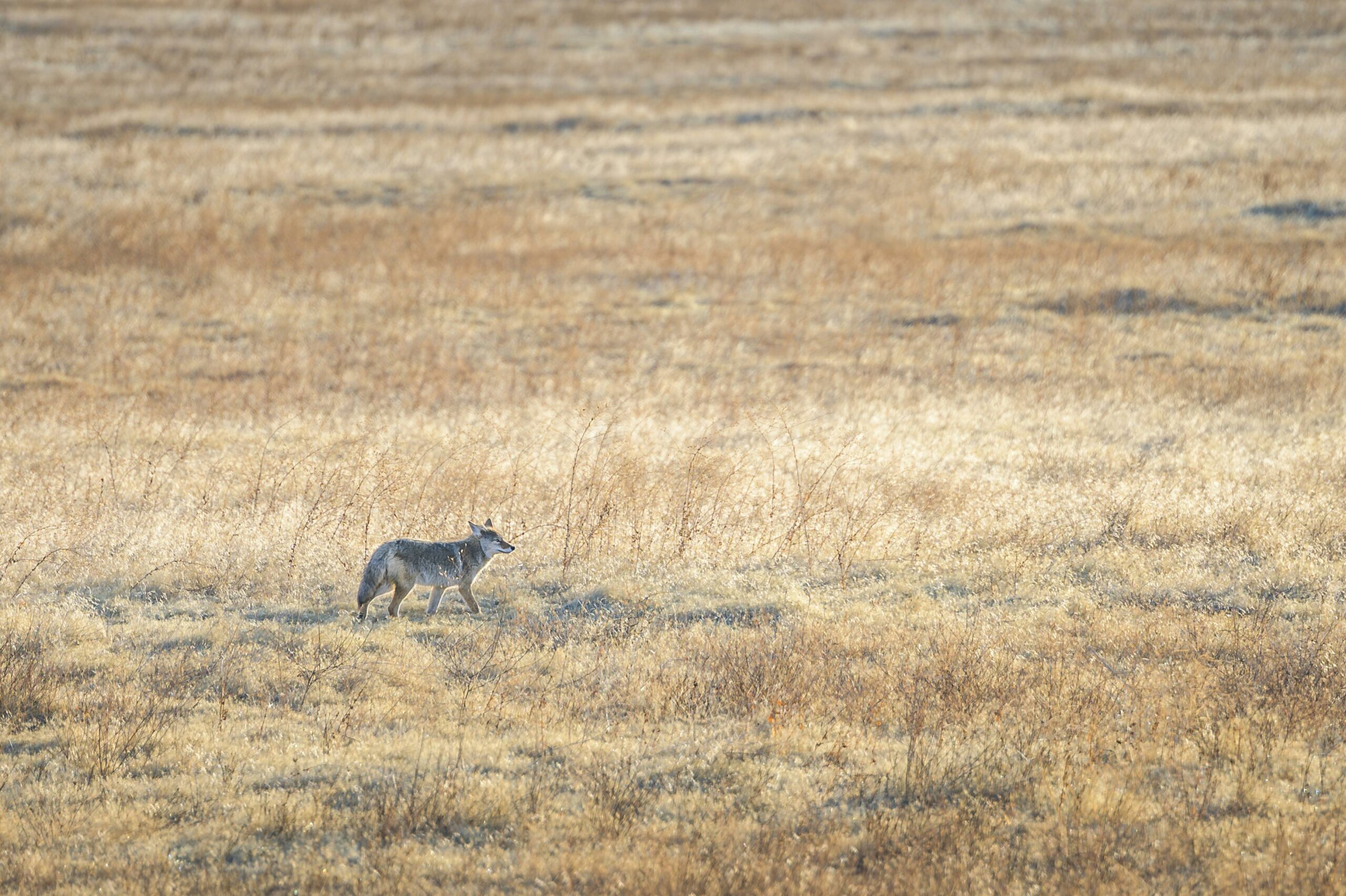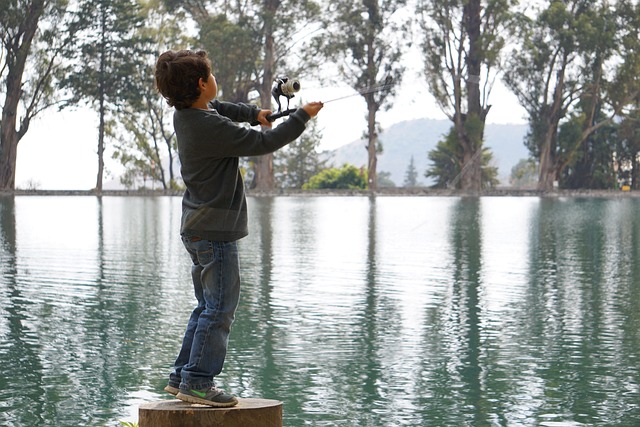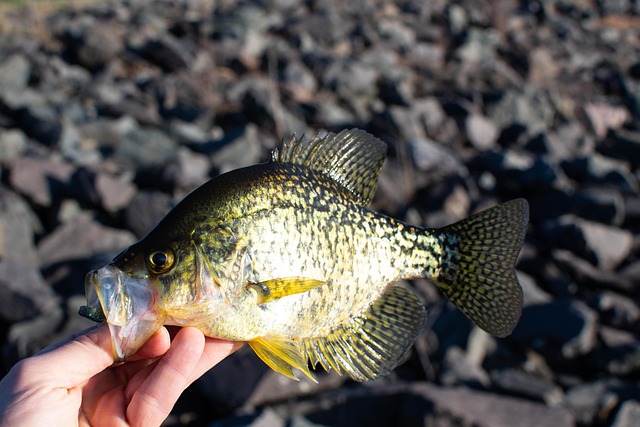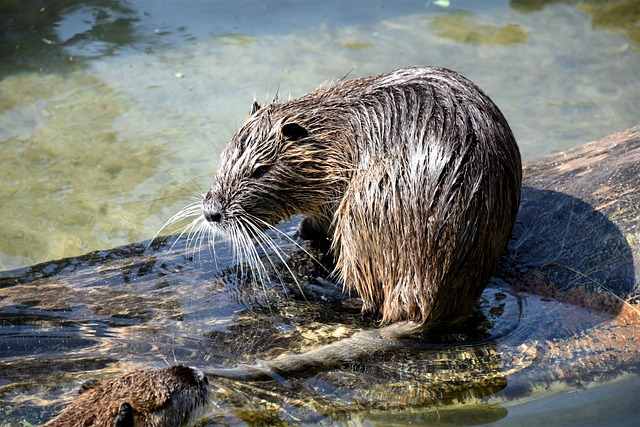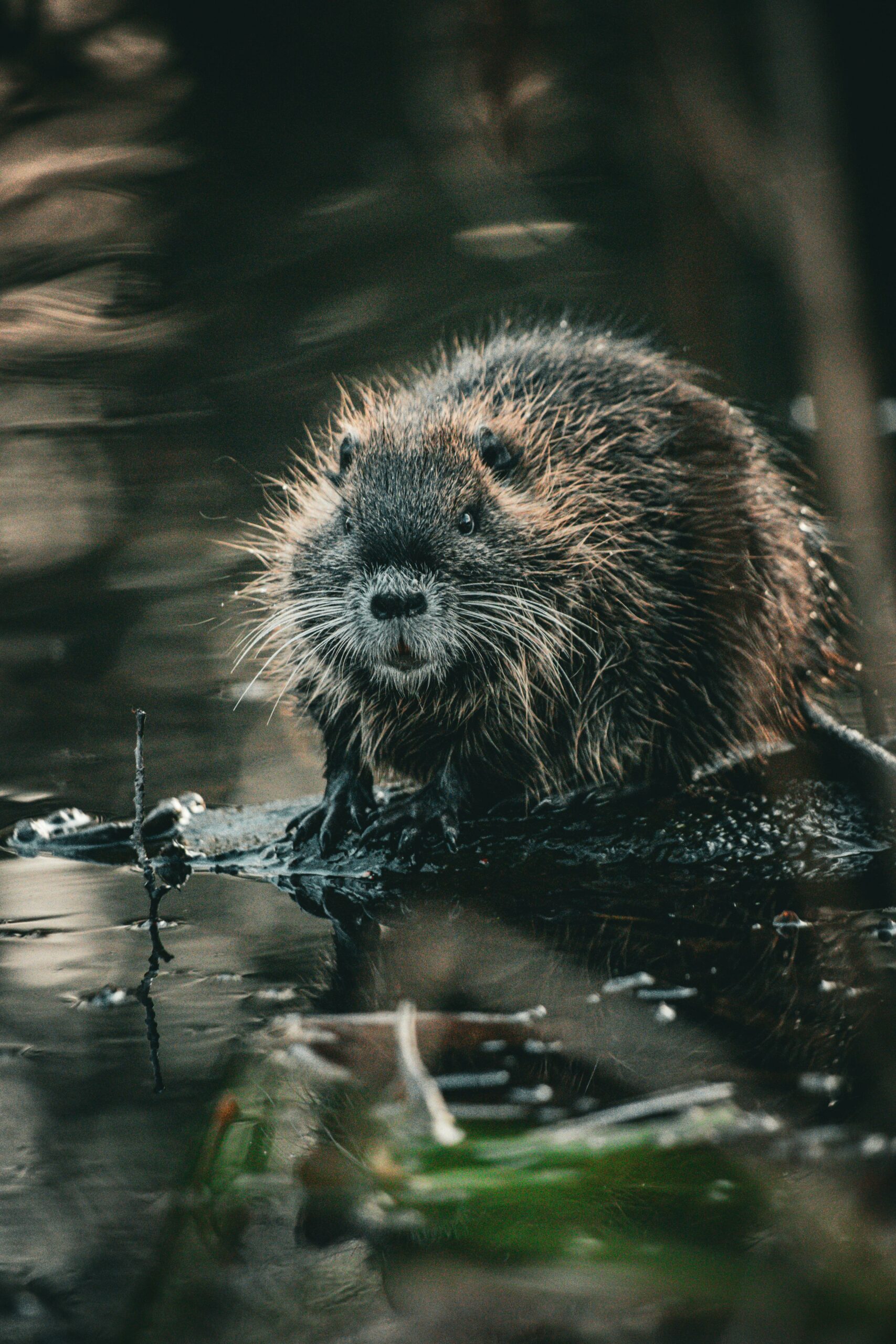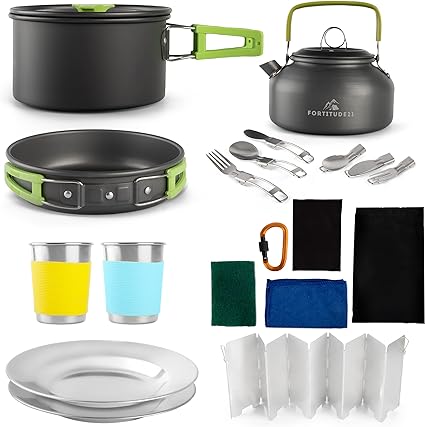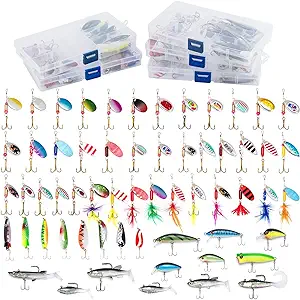Tips for Trapping Eastern Coyotes: A Comprehensive Guide
Are you facing issues with Eastern coyotes wreaking havoc on your property or posing a threat to your livestock? Trapping Eastern coyotes can be an effective solution to manage their population and protect your surroundings. In this comprehensive guide, we will provide you with valuable tips and techniques to successfully trap Eastern coyotes.
Understanding Eastern Coyotes
Eastern coyotes, also known as coywolves, are a hybrid species resulting from the interbreeding of coyotes and wolves. They are highly adaptable predators that can thrive in various environments, including rural and suburban areas. Eastern coyotes pose a threat to livestock, pets, and even human safety, making it essential to manage their population effectively.
Choosing the Right Trap
When it comes to trapping Eastern coyotes, selecting the right trap is crucial for success. Live traps, foot-hold traps, and cable restraints are commonly used for capturing coyotes. Live traps are humane options that allow you to release the coyote unharmed in a different location. Foot-hold traps and cable restraints are effective but require careful placement to prevent injury to the animal.
Trap Placement and Lure Selection
Proper trap placement is essential to attract Eastern coyotes effectively. Coyotes are intelligent animals, so it’s crucial to camouflage the trap and bait it with enticing lures. Common baits for trapping coyotes include meat scraps, animal carcasses, and commercial lures. Placing the trap along known coyote travel routes or near their dens can increase your chances of a successful capture.
Checking and Handling Trapped Coyotes
Once you have successfully trapped an Eastern coyote, it’s important to handle the situation with care and caution. Check the trap regularly to minimize stress on the trapped animal and prevent injury. When handling a trapped coyote, wear protective gear and approach the animal calmly to avoid agitating it.
